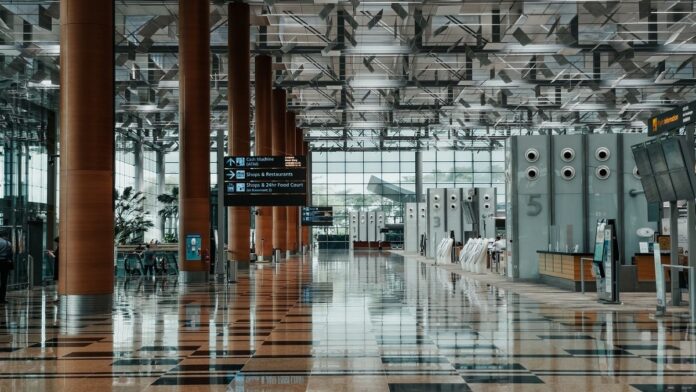Since the early days of the coronavirus pandemic, as we looked on in dismay as we watched the travel industry slow down to almost a standstill, the concept called “travel bubbles” had already started generating conversation. The concept centred on certain countries being able to get their outbreaks truly under control, allowing for there to be non-quarantined travel.
There have been a few stops and starts around the world. Asia’s first bubble, between Hong Kong and Singapore, failed to take off, at least twice now. Another one-way travel bubble from Singapore to the Indonesian islands of Batam and Bintan has come to a halt.
READ MORE: We had a discussion around the COVID-19 vaccine and the impact on travel
But, what do we really know about travel bubbles and does it really matter. We discuss this and more in our latest travel community post.
What is a travel bubble?
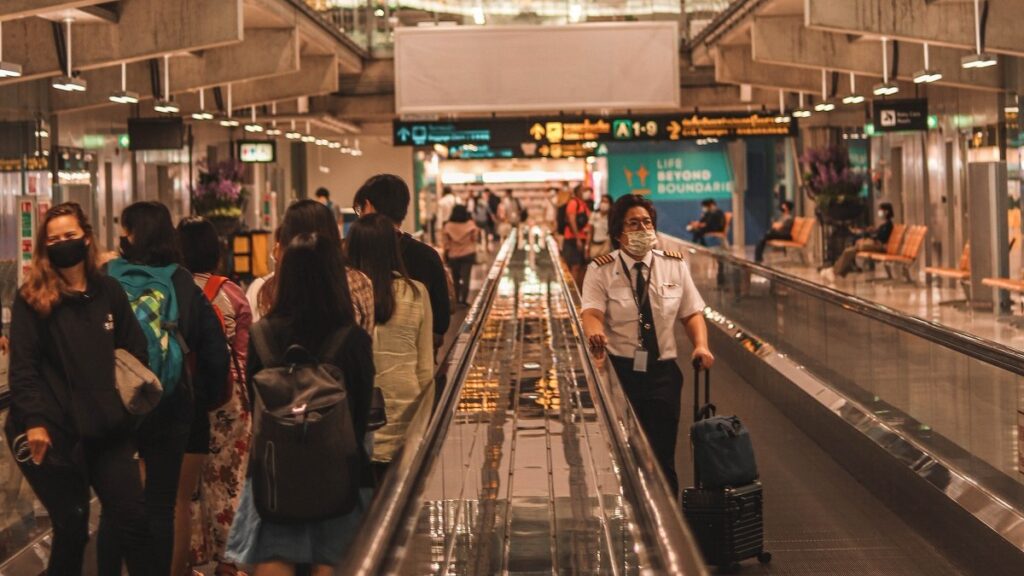
In short, a travel bubble is a controlled return of quarantine-free air travel between designated cities or countries. Also called travel bridges or corona corridors, remove the mandatory waiting period or quarantine for a select group of travellers from certain countries where the coronavirus has been contained or eradicated.
It is called a travel bubble because the countries agree to open their borders to each other but still maintain a quarantine or restricted entry policy to other countries outside the agreement. This means they have unrestricted access only within the travel bubble area.
How does a travel bubble work?
A simplistic way of looking at this, revolved around two countries trusting each other that they have things in order. In order for a travel bubble to really work, two or more countries have to agree to lift their travel ban with each other. However, the reality is that the countries in the partnership require the ability to contain the virus, including widespread testing, contact tracing and effective quarantine methods.
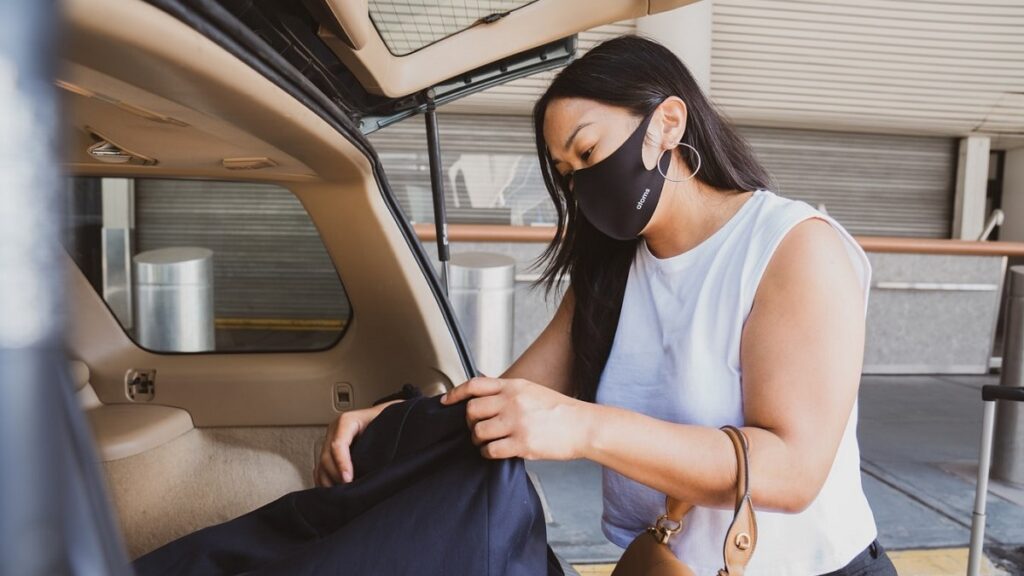
However, anyone with symptoms while travelling still won’t be allowed to enter. The same applies to anyone who has travelled to a country outside the bubble within the last fourteen days.
READ MORE: We discuss what’s coming up for travel in 2021
It is important to note that zero cases are not a requirement for a travel bubble to be considered. It requires a steady and low rate of transmission that is trending downwards and both countries need to have a similar rate. This allows for there to be a low risk of spikes in transmission due to travel.
Why did the Singapore travel bubble not work?
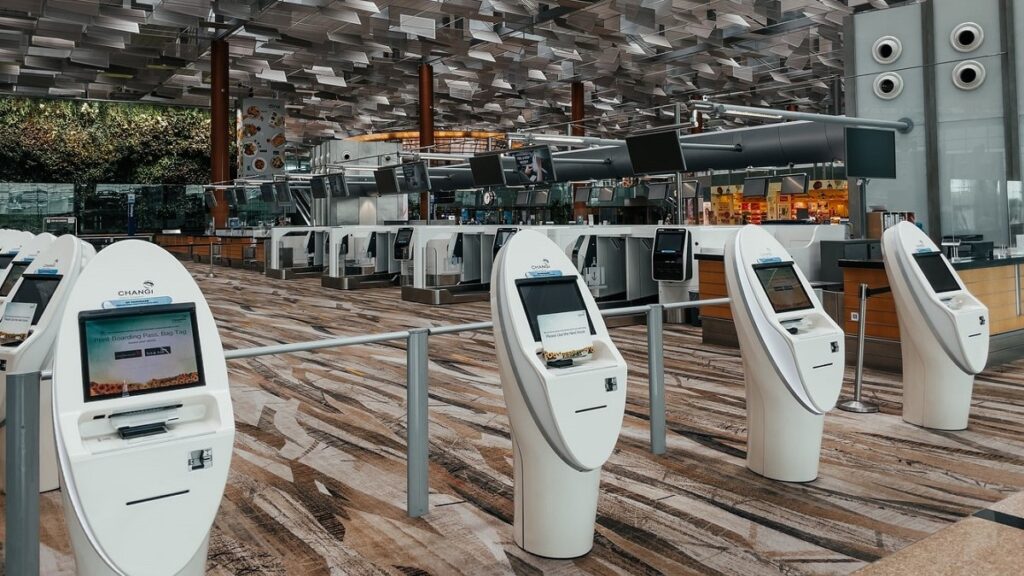
Hong Kong and Singapore postponed the quarantine-free travel bubble for the second time following a Covid-19 outbreak in Singapore. Scheduled to begin May 26, the delay will only be discussed on June 13th.
Discussions and plans have been in the works since November 2020, but it was postponed due to Hong Kong’s rising infection rate at that time. There have been a number of disappointed travellers on both sides who purchased tickets, with flights selling out in minutes. Travel is still possible between the two countries, but the mandatory quarantine periods are in effect, making it a challenge for most.
Another notable failure in this regard was the first European travel bubble back in 2020. Latvia, Lithuania, and Estonia were the first EU countries to form a travel bubble within these three countries. The Baltic states had very few cases of Covid-19 between them so they decided to reopen their borders to each other. However, it did not last long as transmissions rose and they soon had to close borders for safety.
Why did the Australia travel bubble with New Zealand work?
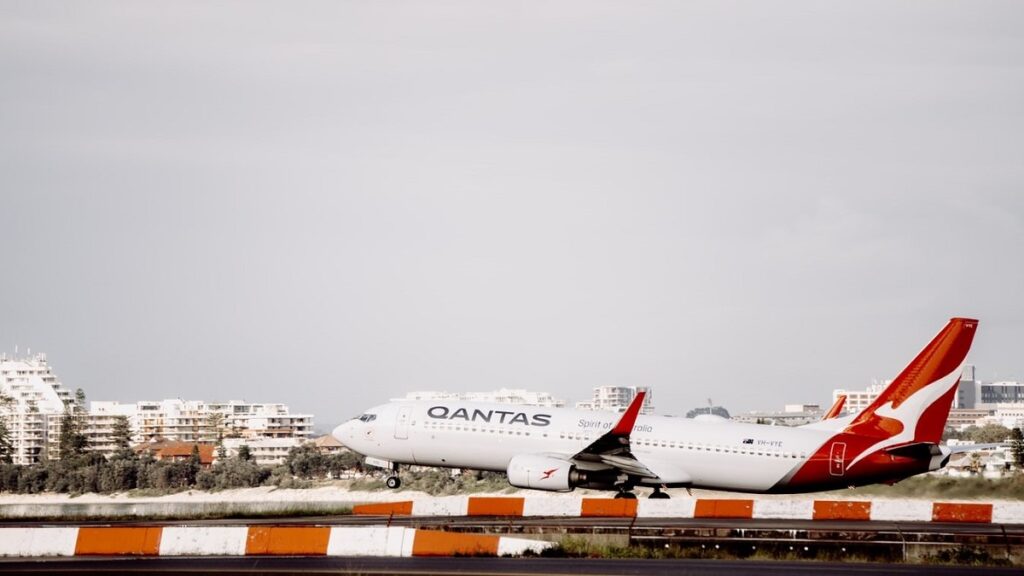
As early as late 2020, there was a strong possibility this might be the case. Both nations managed to contain the spread of COVID-19 within their countries, after almost drastic measures such as total isolation by completely shutting their borders in March.
However, it wasn’t smooth sailing. Repeated outbreaks delayed the launch of the travel bubble and New Zealand rolling back permissions to certain states during outbreaks.
However, both countries appear to be closing brought their coronavirus outbreaks under control and the travel bubble has seemingly been a success. This does mean that it can work, but requires a lot of luck, planning and a strong programme in place.

